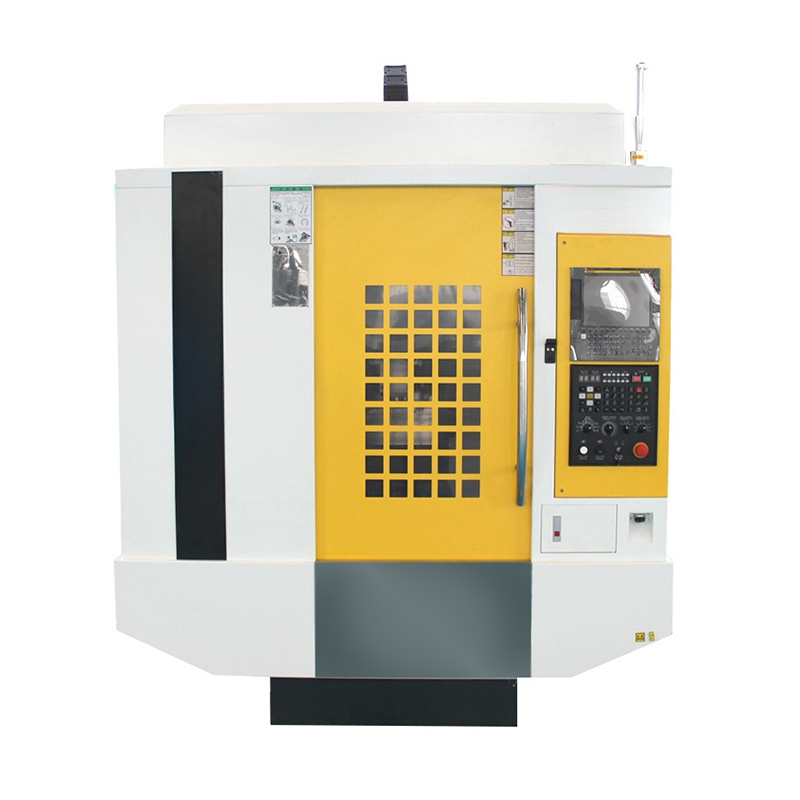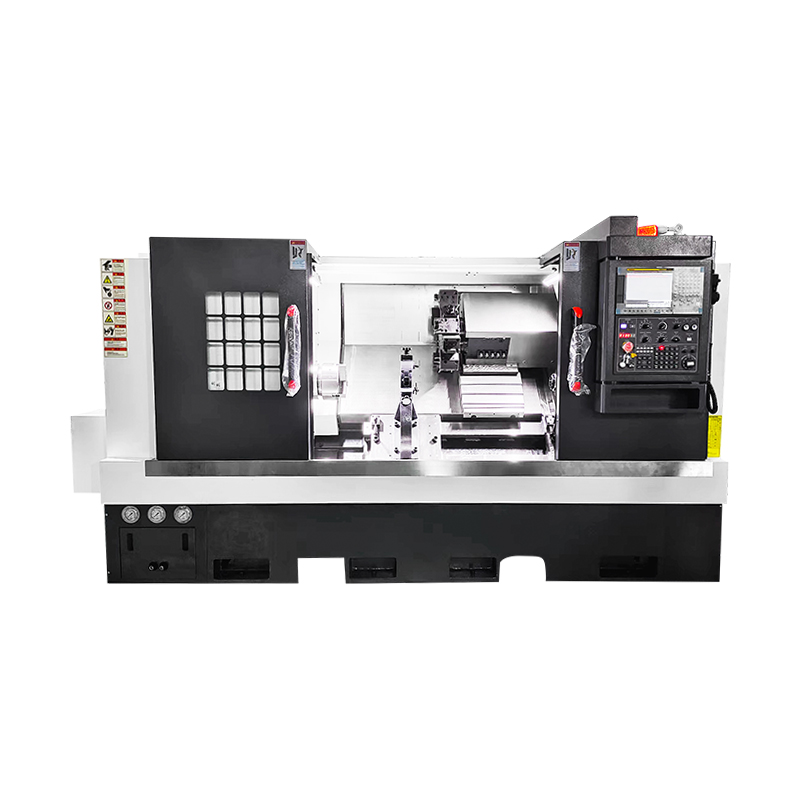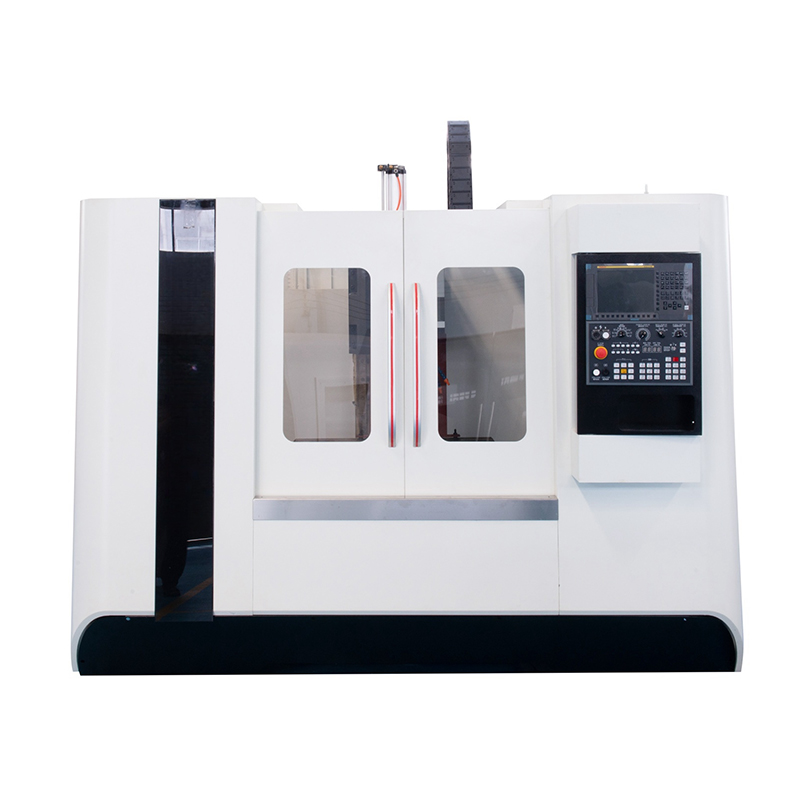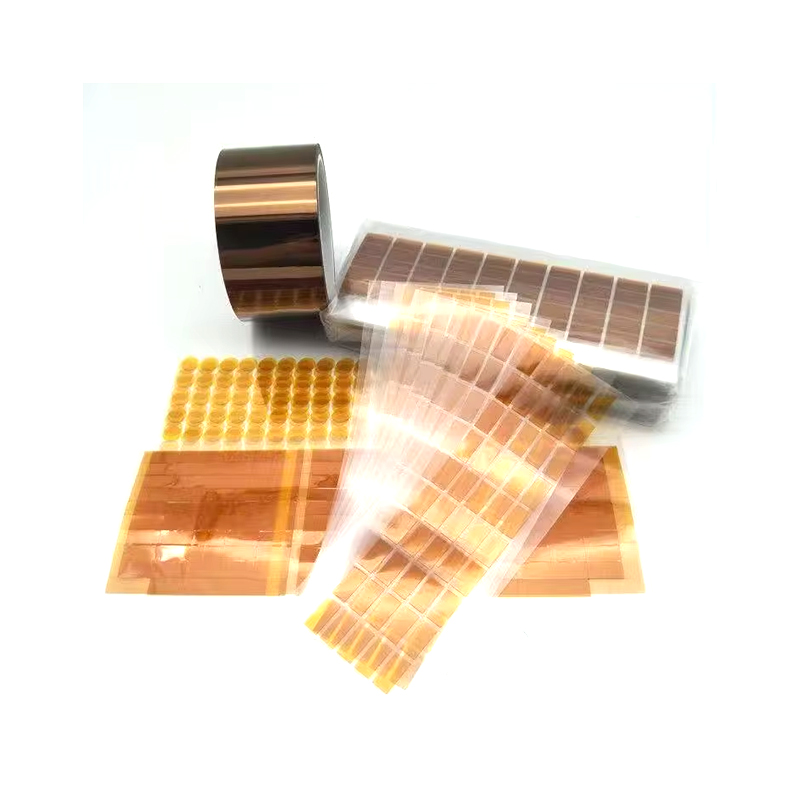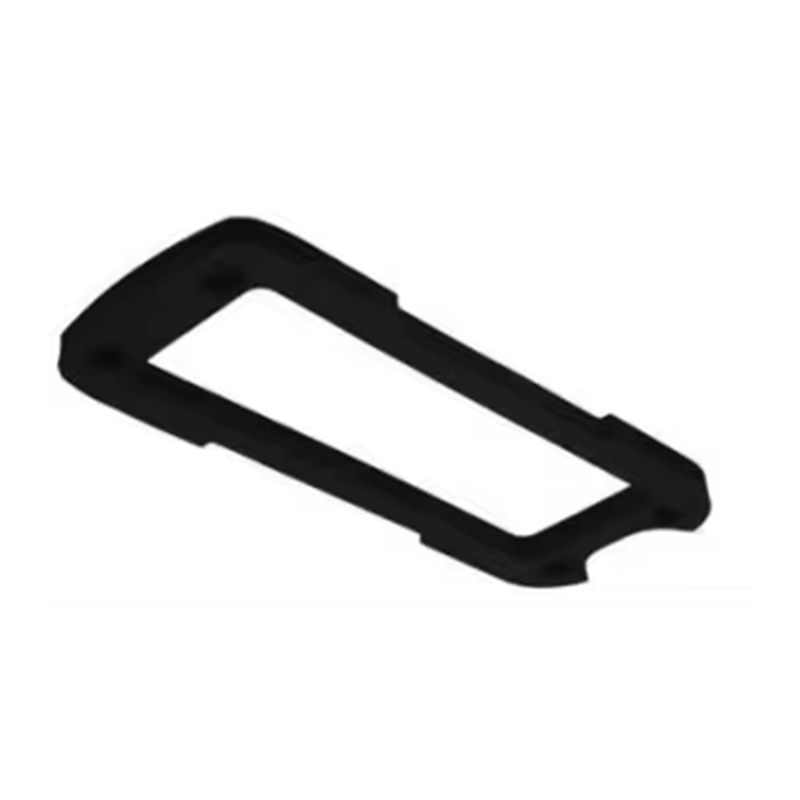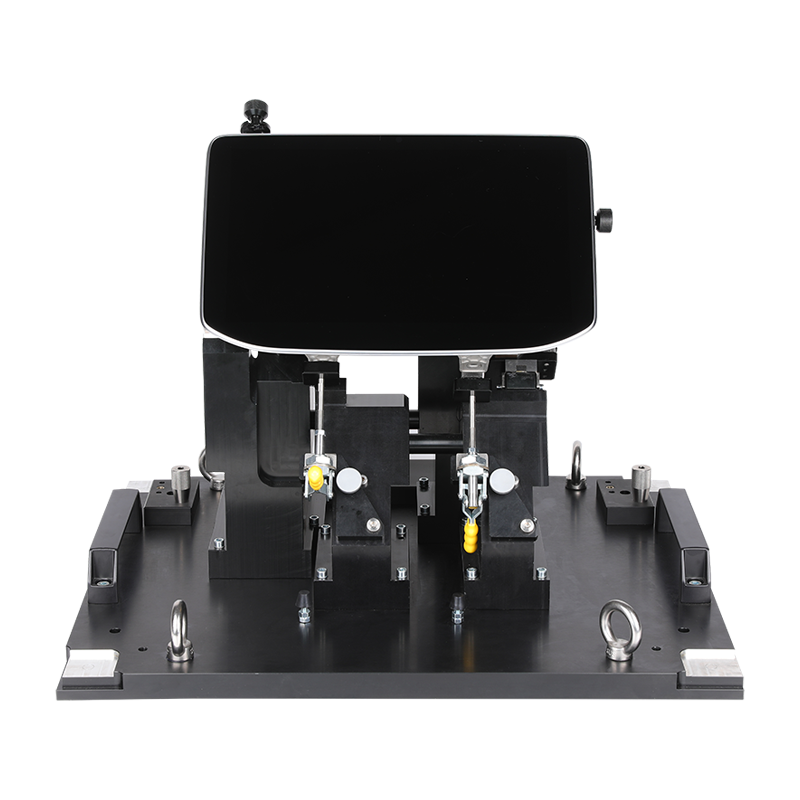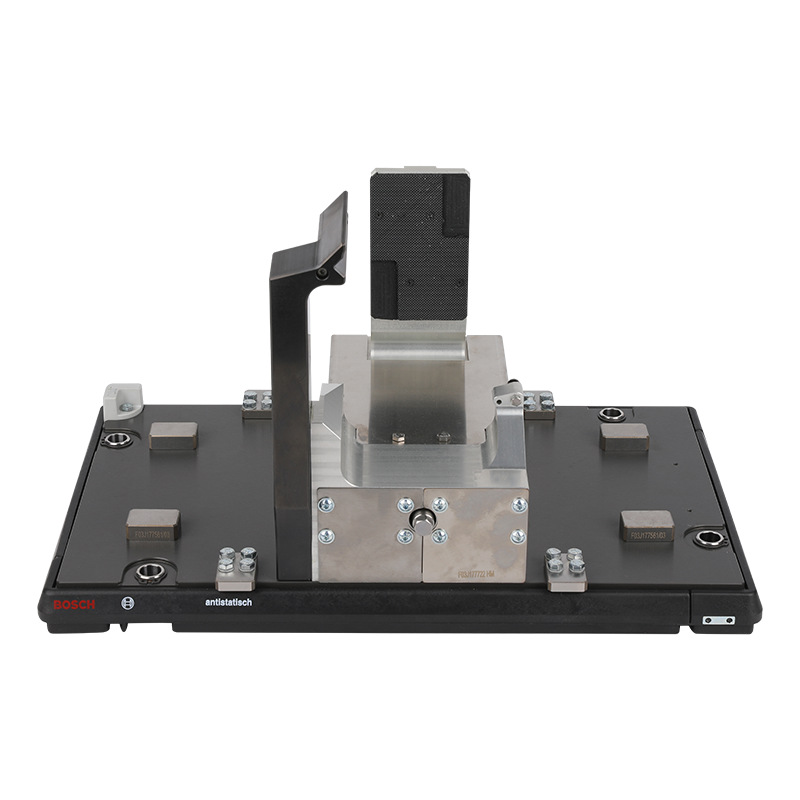In today's rapidly developing manufacturing industry, cnc machining service, as an advanced and efficient manufacturing method, is profoundly transforming production models across various industries. Its high precision, flexibility, and efficiency make it a key factor in enabling many companies to achieve product innovation and enhance their competitiveness.
I. How CNC Machining Services Work
CNC stands for Computer Numerical Control. CNC machining services use computer programs to precisely control the movement and operation of machine tools. Before machining begins, engineers create a 3D model based on product design drawings using specialized computer-aided design (CAD) software. Computer-aided manufacturing (CAM) software then converts the CAD model into a CNC program that the machine tool can understand. This program contains detailed machining instructions, such as tool paths, cutting speeds, and feed rates. Following these instructions, the machine tool precisely controls the cutting tools to perform cutting, drilling, milling, and other operations on the raw material, gradually processing the material into the desired part shape. This digital control method significantly reduces human interference and ensures high precision and stability during the machining process.
II. Significant Advantages of CNC Machining Services
(I) Unparalleled High Precision
CNC machining services achieve extremely high machining accuracy, with tolerances controlled within extremely tight limits. Whether manufacturing precision mechanical parts or aerospace components with demanding dimensional accuracy, CNC machining can precisely meet these requirements. This high precision ensures product quality and performance, reduces scrap and rework due to dimensional deviations, and saves companies money and improves production efficiency.

(II) Powerful Flexibility and Customization
CNC machining equipment can easily adapt to machining requirements for parts of varying shapes, sizes, and complexity by modifying CNC programs. Whether machining simple flat surfaces or complex curved surfaces, or even custom parts with specialized structures and functions, CNC machining can handle them with ease. This powerful flexibility enables companies to quickly respond to market changes, provide customers with personalized product solutions, and meet diverse market demands.
(III) High Production Efficiency
CNC machining machines can operate continuously without human intervention, achieving automated processing. Compared to traditional manual machining or conventional machine tool processing, CNC machining significantly shortens processing time and improves production efficiency. Furthermore, its high precision and stability reduce debugging and correction time during the machining process, further improving overall production efficiency. The advantages of CNC machining are even more pronounced in mass production, enabling the rapid and stable production of large quantities of high-quality parts.
III. Common Types of CNC Machining Services
(I) CNC Milling
CNC milling is a widely used machining method. It uses a rotating milling cutter to cut workpieces, capable of producing complex shapes such as planes, steps, grooves, and curved surfaces. Milling can utilize different types of milling cutters, such as end mills, end mills, and ball-end mills, to meet diverse machining needs. CNC milling can be categorized as three-, four-, or five-axis depending on the number of axes on the machine tool. The greater the number of axes, the more complex the part shapes that can be machined, and the higher the precision achieved. For example, five-axis CNC milling can complete the machining of multiple surfaces in a single clamping, reducing clamping errors and improving machining accuracy and efficiency.
(II) CNC Turning
CNC turning is primarily used for machining rotating parts, such as shafts and discs. During the turning process, the workpiece is clamped to the lathe's spindle. The spindle's rotation drives the workpiece, while the tool feeds along the workpiece's axial or radial direction, cutting the workpiece. CNC turning can machine a variety of surfaces, including external circles, internal holes, threads, and conical surfaces. Compared to traditional turning, CNC turning offers higher precision and productivity, enabling the production of more complex rotating parts.
(III) CNC Electro-Discharge Machining (EDM)
CNC EDM is a specialized machining method that utilizes the principle of electrical discharge erosion. During machining, a certain discharge gap is maintained between the tool electrode and the workpiece electrode. When the voltage output by a pulse power supply is applied between the two electrodes, an electric spark discharge is generated in the gap. The high temperature generated by the discharge causes the metal on the workpiece surface to instantly melt and vaporize, thus achieving machining. EDM is suitable for machining various high-hardness, high-melting-point metal materials, as well as parts with complex shapes that are difficult to machine using traditional cutting methods, such as mold cavities and tiny holes.

IV. Widely Used Industries for CNC Machining Services
(I) Aerospace
The aerospace industry has extremely high requirements for part precision, quality, and reliability. CNC machining services can produce aircraft engine components and aircraft structures that meet stringent standards. For example, aircraft engine blades require complex curved surfaces and high-precision dimensional tolerances to ensure efficient and reliable engine operation. CNC machining, with its high precision and complex surface machining capabilities, can meet these stringent requirements, providing strong support for the development of the aerospace industry. (II) Automotive Manufacturing Industry
In automotive manufacturing, CNC machining is widely used in the manufacture of key components such as engines, transmissions, and chassis. Automotive parts require high precision and good interchangeability to ensure vehicle performance and safety. CNC machining can efficiently produce large quantities of high-precision auto parts. Its flexibility also enables automakers to quickly develop new models and parts to meet market demand for diversified and personalized vehicles.
(III) Medical Device Industry
The quality and safety of medical devices are directly related to the health and well-being of patients. CNC machining services can produce high-precision, high-quality medical device parts, such as surgical instruments and implants. For example, implants such as artificial joints must precisely fit the human anatomy. The high precision of CNC machining ensures the dimensional accuracy and surface finish of the implants, improving their biocompatibility and service life.
(IV) Electronic Equipment Manufacturing Industry
Electronic equipment manufacturing places increasingly stringent requirements on the dimensional accuracy and miniaturization of parts. CNC machining can produce a variety of precision electronic housings, heat sinks, connectors, and other parts. Many internal components in electronic devices like smartphones and tablets utilize CNC machining technology to achieve lightweight, thin, and high-performance designs. Furthermore, the high efficiency of CNC machining meets the demands of large-scale electronic device production.
With its unique advantages and wide range of applications, CNC machining services have become an indispensable component of modern manufacturing. With the continuous advancement of technology, CNC machining technology continues to innovate and develop, bringing more opportunities and transformation to various industries. Whether in the aerospace sector, which pursues high precision; the automotive and electronics industries, which prioritize efficiency and diversity; or the medical device industry, which demands extremely high safety and quality, CNC machining services will play an increasingly important role, helping companies achieve more efficient, precise, and innovative production and manufacturing.

 English
English русский
русский